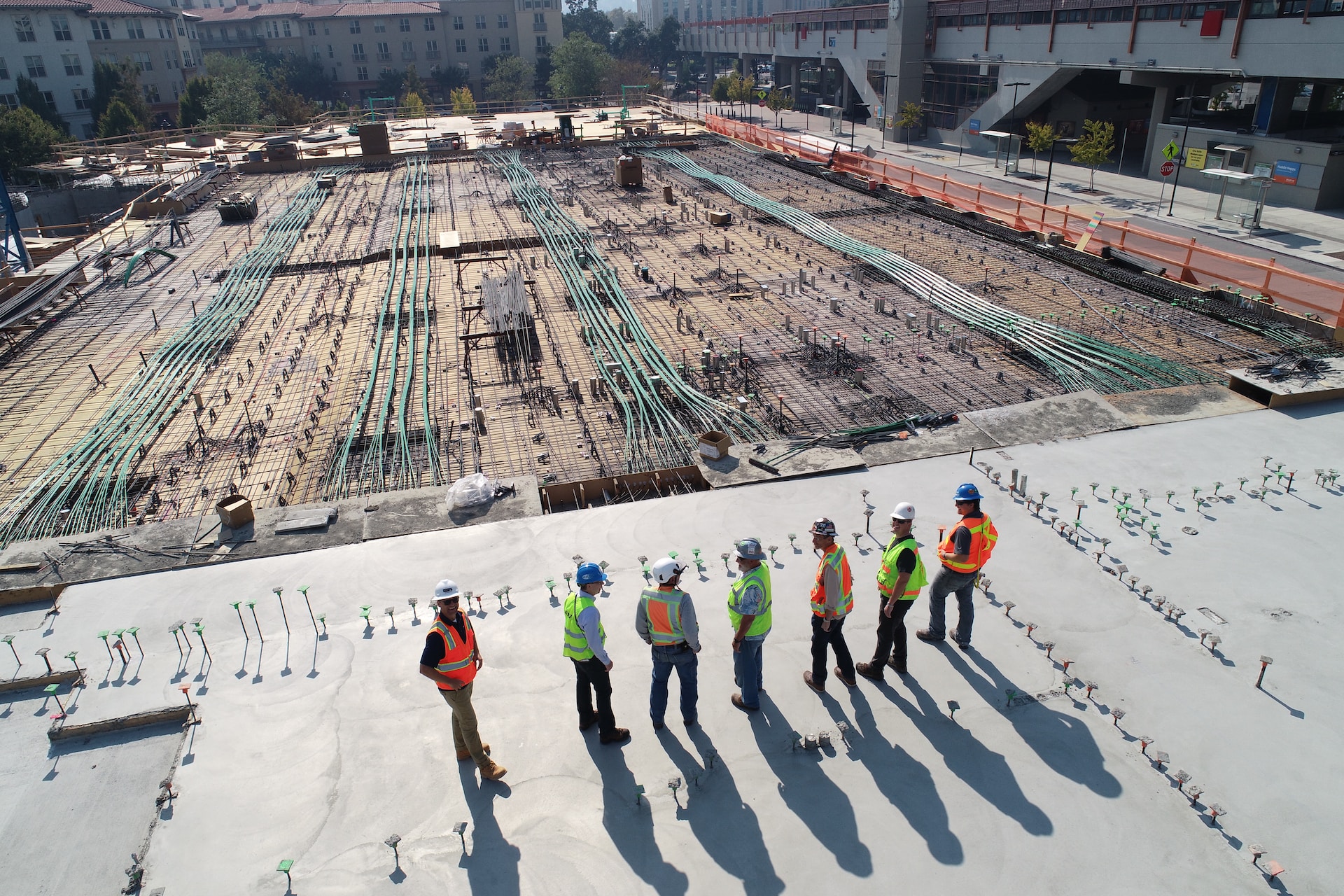Source – https://unsplash.com/photos/seven-construction-workers-standing-on-white-field-x-ghf9LjrVg
The construction industry is a complex web of contracts, regulations, and human interactions. While it’s a sector that drives economic growth and infrastructure development, it’s also fraught with risks—financial, operational, and legal.
One of the most daunting challenges that construction companies face is the risk of litigation. Lawsuits can not only drain financial resources but also tarnish a company’s reputation, affecting future business opportunities, making it essential for firms in the sector to have good legal counsel.
To help you navigate this intricate landscape, we’ve compiled a list of four best practices aimed at minimizing the risks of litigation in construction. We’ll also delve into a pressing environmental concern, and one with major legal ramification, the rising use of “forever chemicals” in the sector.
Comprehensive Contract Review
The cornerstone of any construction project is the contract. A well-drafted contract can serve as your best defense in the event of a dispute. Here are some key points to consider:
- Scope of Work: Clearly define the scope of work to avoid any ambiguity that could lead to conflicts.
- Payment Terms: Ensure that payment terms are transparent and agreeable to all parties involved.
- Dispute Resolution: Include a dispute resolution clause outlining the steps to be taken in case of disagreements.
Legal counsel should review all contracts to ensure they are comprehensive and protect your interests.
Regular Documentation
Documentation serves as the backbone of accountability in construction projects. Regularly document the following:
- Progress Reports: Keep track of the project’s progress, including any delays or changes.
- Financial Records: Maintain meticulous financial records to avoid any discrepancies.
- Communication: Archive all communication between stakeholders, including emails, memos, and meeting minutes.
In the event of a legal dispute, this documentation can serve as evidence to support your case.
Quality Control & Safety Measures
Poor workmanship and safety violations are common grounds for litigation. Implement rigorous quality control and safety measures to mitigate these risks:
- Regular Inspections: Conduct regular inspections to ensure that the work meets the agreed-upon standards.
- Safety Protocols: Adhere to all safety regulations and ensure that all workers are trained in safety procedures.
- Third-Party Audits: Consider bringing in third-party auditors to assess the quality and safety of the work.
Effective Communication
Clear and open communication is crucial in preventing misunderstandings that can lead to litigation.
- Stakeholder Meetings: Regular meetings with all stakeholders can help identify and address issues before they escalate.
- Transparency: Be transparent about any challenges or changes in the project scope, timeline, or budget.
- Feedback Loop: Create a system for feedback and concerns to be raised and addressed promptly.
Minimizing The Use of Forever Chemicals
In recent years, the construction industry has come under scrutiny for its use of “forever chemicals,” also known as Per- and Polyfluoroalkyl Substances (PFAS).
These chemicals are highly durable but pose significant environmental and health risks. They can contaminate water supplies and are linked to a range of health issues, including cancer. They are thus likely to give rise to legal issues, as seen with the numerous AFFF exposure lawsuits seen in recent years.
Here are some steps to minimize the use of forever chemicals,
- Material Audit: Conduct an audit to identify materials that contain PFAS.
- Alternative Materials: Research and use alternative materials that do not contain these harmful chemicals.
- Regulatory Compliance: Stay updated on regulations concerning the use of PFAS and ensure compliance.
- Transparency: Be transparent with stakeholders about efforts to minimize the use of forever chemicals.
By taking these steps, you not only contribute to environmental sustainability but also reduce the risk of litigation related to environmental violations.
Conclusion
Litigation is a costly and time-consuming process that can have long-term repercussions for your construction business.
By implementing these best practices—comprehensive contract review, regular documentation, quality control, and effective communication—you can significantly minimize the risks of legal disputes.
Additionally, by proactively minimizing the use of forever chemicals, you can stay ahead of regulatory curves and contribute to building a more sustainable future.
By taking a proactive approach to these issues, you’re not just avoiding litigation—you’re also building a reputation for reliability and integrity, which is invaluable in the competitive landscape of the construction industry.

































